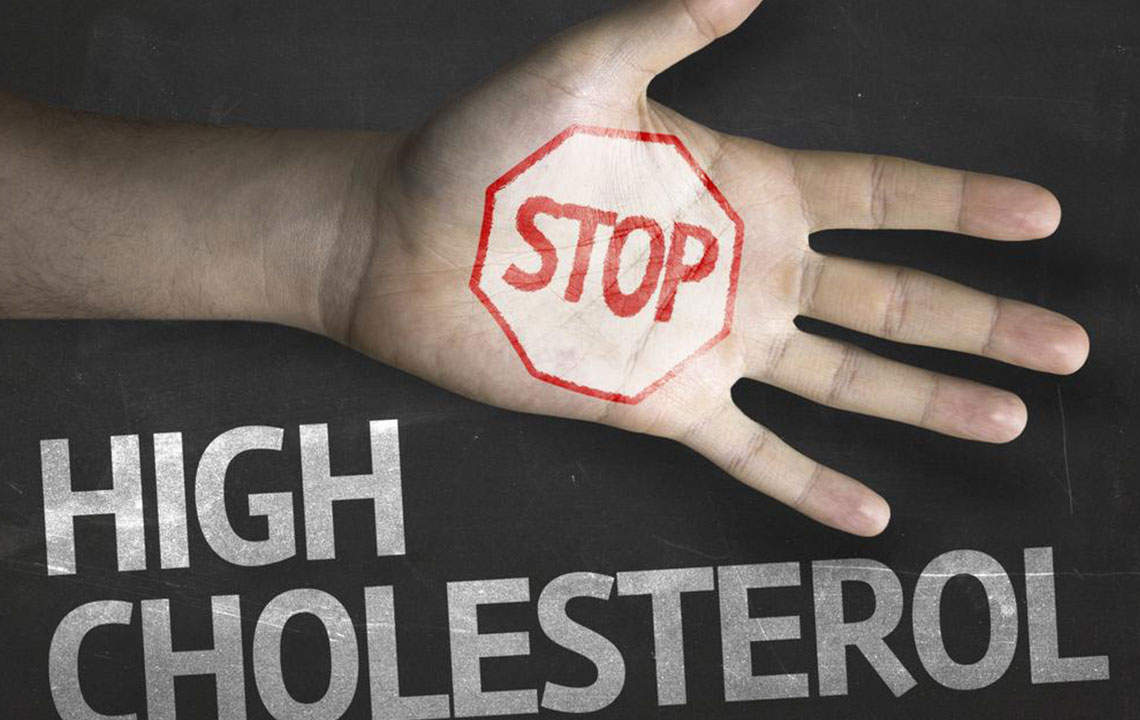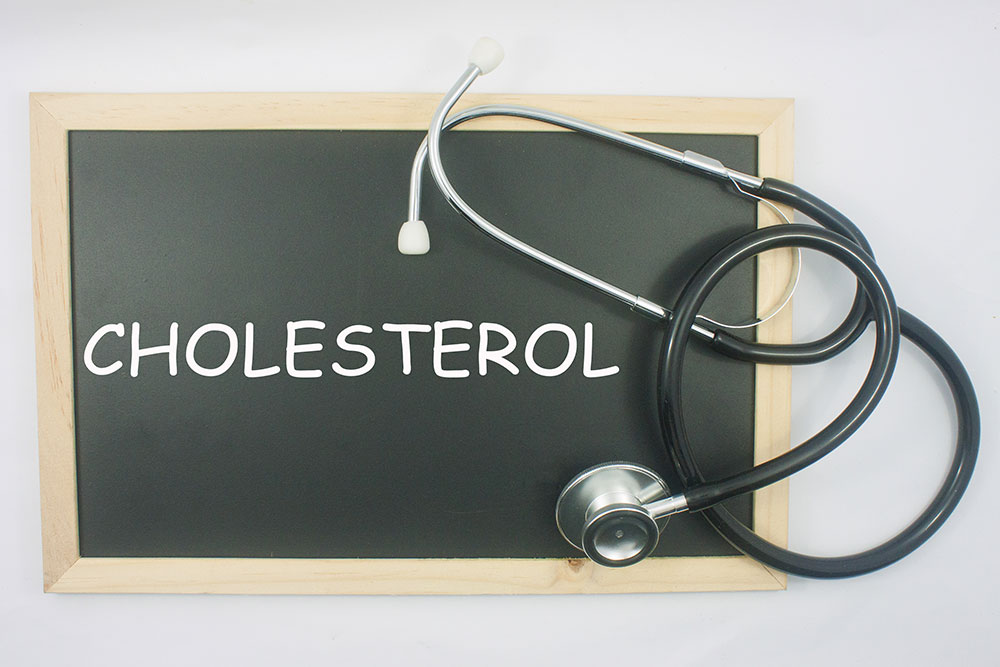Complete Cholesterol Management Guide for All Age Groups: Understanding Your Numbers and Maintaining Heart Health
This comprehensive guide explains cholesterol levels across different age groups, emphasizing the importance of regular monitoring and lifestyle management. Learn the healthy ranges for adults and children, and discover effective strategies to maintain heart health for a lifetime.

Comprehensive Overview of Cholesterol Levels Across Different Age Brackets
Maintaining healthy cholesterol levels is a cornerstone of cardiovascular health and overall well-being. Cholesterol, a waxy substance found in your blood, plays essential roles in hormone production, vitamin D synthesis, and cell membrane formation. However, imbalances—particularly elevated levels—significantly increase the risk of heart disease, strokes, and other life-threatening conditions. Understanding the different types of cholesterol—LDL (bad cholesterol), HDL (good cholesterol), and total cholesterol—is crucial for assessing your health and taking proactive measures.
Cholesterol levels are influenced by various factors including age, gender, diet, physical activity, genetics, and body weight. As individuals age, their bodies tend to produce more cholesterol, making regular monitoring vital. Typically, children have lower cholesterol levels than adults, but these can change with lifestyle and genetic factors. The following comprehensive guidelines serve to help you interpret cholesterol test results correctly and maintain optimal levels tailored to your age and health status.
Cholesterol Standards for Adults
Total cholesterol should ideally be below 200 mg/dL. Levels between 200-239 mg/dL are considered borderline high, indicating the need for lifestyle changes or further medical assessment. A total cholesterol level of 240 mg/dL and above is classified as high, associated with increased cardiovascular risk.
LDL (bad cholesterol) should be maintained below 100 mg/dL for optimal heart health. Values between 100-129 mg/dL are acceptable for individuals at low risk, but as levels approach 130-159 mg/dL, they are considered borderline high. If LDL exceeds 160 mg/dL, it is regarded as high, escalating the risk for atherosclerosis and heart disease. Particularly dangerous are very high LDL levels over 190 mg/dL, which warrant immediate medical attention and strict management.
HDL (good cholesterol) plays a protective role by removing excess cholesterol from arteries. An HDL level above 60 mg/dL is beneficial and linked to a lower risk of heart disease. Conversely, HDL levels below 40 mg/dL significantly increase cardiovascular risk. Striving to raise HDL through physical activity, healthy diet, and lifestyle modifications is highly recommended.
Cholesterol Norms for Children
Children’s total cholesterol levels should be less than 170 mg/dL. Values from 170 to 199 mg/dL are considered borderline high, signaling the potential need for lifestyle adjustments to prevent future cardiovascular issues. Levels exceeding 200 mg/dL are categorized as high.
LDL cholesterol in children should ideally be below 110 mg/dL. Levels of 110-129 mg/dL are deemed borderline high, while values above 130 mg/dL are classified as high, necessitating medical consultation and lifestyle intervention to promote heart health from a young age.
Regular screening and proactive management of cholesterol levels are essential for reducing long-term risks such as heart disease, strokes, and other cardiovascular problems. Clinicians recommend routine check-ups, especially for those with genetic predispositions, unhealthy diets, or sedentary lifestyles. Early detection and intervention can make a significant difference in maintaining healthy cholesterol levels throughout life.
Understanding your cholesterol numbers and how they change with age empowers you to make informed decisions about diet, exercise, and lifestyle habits. Adopting a balanced diet rich in fruits, vegetables, whole grains, lean proteins, and healthy fats, combined with regular physical activity, can help you maintain optimal cholesterol levels. Medications may be prescribed in certain cases, but lifestyle modifications often serve as the first line of defense.
In conclusion, knowledge is power. Regular cholesterol monitoring is a critical component of cardiovascular health management for all age groups. Whether you are a parent concerned about your child's health or an adult preparing for midlife, understanding these guidelines can help you prevent future health complications and lead a healthier life. Consult your healthcare provider to interpret your lipid profile correctly and to develop a personalized plan for maintaining healthy cholesterol levels at every stage of life.





